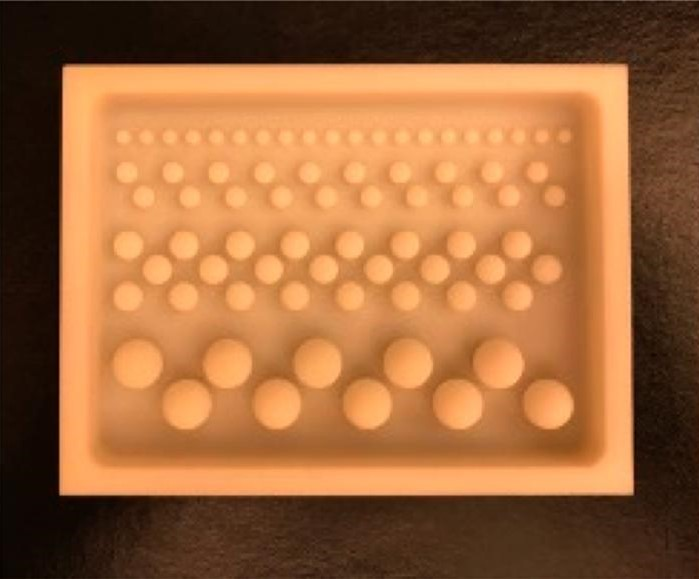The incorporation of antibiotics within polymethylmethacrylate (PMMA) has been widely used over recent decades for managing infection following skeletal trauma. Early research helped to clarify which antibiotics in which formulations were potentially clinically effective, with a common application of managing “dead space” following debridement of bone and soft tissue, addressing established infection as well as preventing deep infection. As the microbiology involved in these infections evolves, along with the antibiotics available, we have need for continued research into this important area of orthopaedics.
In the September 15, 2021 issue of JBJS, Levack et al. report on their investigation into the suitability of alternative antibiotics (amikacin, meropenem, minocycline, and fosfomycin) for use in PMMA beads, with a particular focus on thermal stability and in vitro elution characteristics. Tobramycin was also used to validate the study methodology. Minimum inhibitory concentrations of the antibiotics were tested against S. aureus, E. coli, and Acinetobacter baumannii. Antibiotic-laden PMMA beads of different sizes were tested, with antibiotic elution determined using high-performance liquid chromatography with mass spectrometry.
The authors found that amikacin was comparable to tobramycin with respect to heat stability and elution. Meropenem showed favorable elution kinetics and thermal stability in the initial 7 days.
The investigators emphasize that “The data presented are intended to generate further study of these antibiotics to better identify potential areas of clinical utility,” and they rightly point out that their data are not intended for clinical decision-making, “as antibiotic dosages and in vivo applications, specifically with biofilms, have not been evaluated.” Nonetheless, these new data involving the characteristics of amikacin and meropenem are intriguing. Moreover, this study serves as a great reminder of the need to regularly reevaluate established therapies as research techniques, pharmacology, and clinical conditions (such as evolving microbial pathogens) continue to change.
Marc Swiontkowski, MD
JBJS Editor-in-Chief



